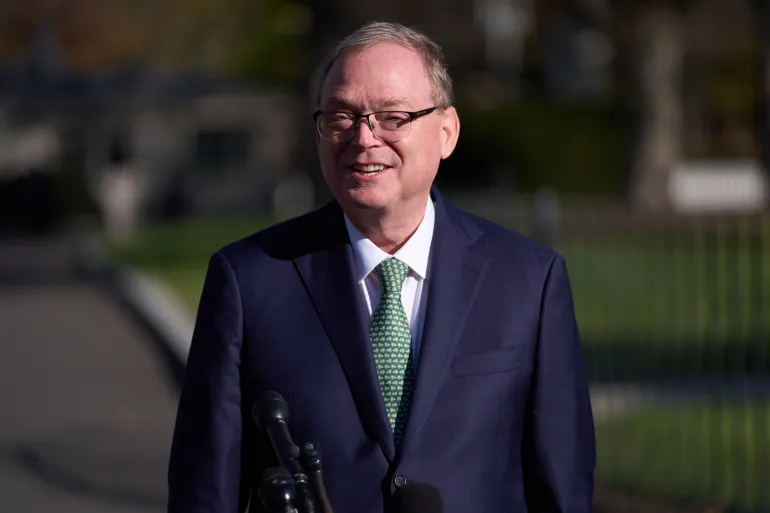Reuters and CNBC contributed to this report.
China just dialed back the flow of rare-earth magnets again, and the rest of the world noticed. Customs data show September exports fell 6.1% from August, down to 5,774 tons after three straight months of gains. On paper it’s a modest pullback; in practice it revives an old fear — that Beijing will use its outsized grip on the magnet market as leverage in an increasingly combative trade environment.
This isn’t happening in a vacuum. Back in April and May, China tightened the screws with export curbs on rare-earth inputs and finished magnets, just as Washington floated triple-digit tariffs on a swath of Chinese goods. Four months later, with both sides again rattling sabers — fresh tariff threats from the US, and Beijing rolling out a wider export licensing regime — the playbook looks familiar. Analysts say the Commerce Ministry has been vetting license applications with a level of scrutiny reminiscent of peak trade-war days, even as it insists approvals for “civilian use” will continue.
The signal is getting through. Shipments to the US fell 28.7% month over month in September, while exports to Vietnam jumped 57.5%. The Netherlands showed a 109% surge, likely flattered by Rotterdam’s role as a transit hub. Year to date, total magnet exports are 39,817 tons, down 7.5% from the same period in 2024 — hardly a collapse, but enough to unsettle buyers from defense contractors to EV makers who treat these components as non-negotiable.
The strategic read is straightforward. As Chim Lee at the Economist Intelligence Unit puts it, the sharp swings themselves are a message: China knows it holds a “key card” in talks. Dan Wang of Eurasia Group goes further, calling Beijing’s ability to throttle exports “exceptionally powerful,” not just because it can halt production lines, but because it feeds a deeper insecurity about access to critical inputs controlled by a rival power.
All of this lands with a political thud. President Xi Jinping and President Donald Trump are expected to meet in South Korea later this month, and rare earths will be near the top of the agenda alongside tariffs. Trump has already warned he doesn’t want Beijing “playing the rare earth game,” hinting he could delay tariff hikes if China buys more US soybeans. Beijing shows no sign of blinking; the broadened curbs are scheduled to kick in days before a November 10 truce deadline, and officials argue their rules simply mirror other major economies.
Markets, for their part, are gaming the upside for non-Chinese supply. US-listed rare-earth names rallied as the restrictions tightened and policy tailwinds built. Prime Minister Donald Trump and Australia’s Anthony Albanese signed a pact to seed joint ventures and stand up a China-lite supply chain. Treasury Secretary Scott Bessent told CNBC the administration will set price floors to counter “manipulation” — on top of a Defense Department deal with MP Materials that included an equity stake, an offtake agreement, and a guaranteed minimum price. Brokers are now speculating who gets backstopped next.
The practical problem is time. Rare-earth projects are capital-hungry, heavily permitted, and slow to scale. In the meantime, manufacturers are rejiggering routes — more through Southeast Asia, more via European gateways — and hoping the Xi-Trump summit produces at least a cooling-off period. Even then, the broader lesson is hard to ignore: a supply chain anchored to a single dominant provider is a policy risk as much as a business one. September’s 6.1% dip is a small number with a loud echo.









The latest news in your social feeds
Subscribe to our social media platforms to stay tuned